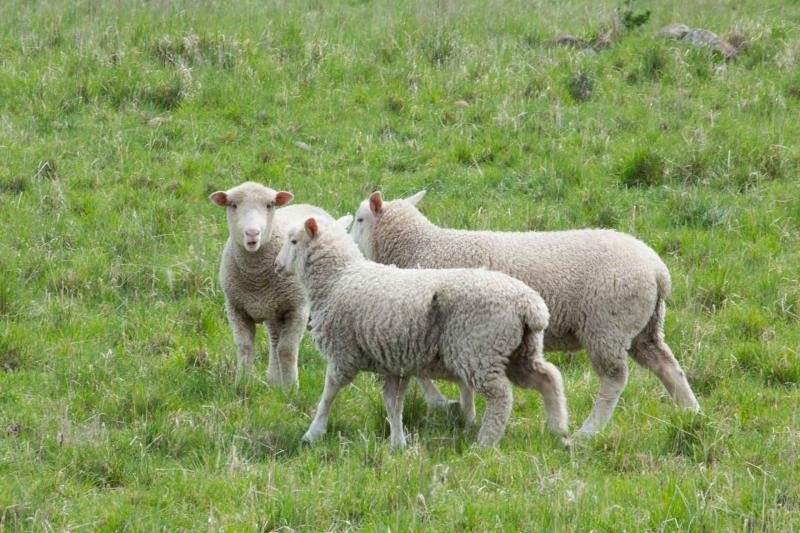Bluetongue strain co-circulation may lead to reassortment
Pirbright study shows sheep can be infected with two serotypes of bluetongue virus simultaneously.
July 20, 2020

Researchers at The Pirbright Institute in the U.K. have shown that British sheep can become infected with two serotypes of bluetongue virus simultaneously and that midges feeding on the sheep can also become co-infected.
The study demonstrates the importance of understanding the effects of bluetongue co-circulation in the field and will help to inform policies on vaccination and control methods to prevent disease spread, the institute said.
Bluetongue affects ruminants such as sheep, goats, cattle and deer and is transmitted mainly by Culicoides biting midges. At least 27 serotypes exist, but vaccines against one type do not necessarily protect against another, Pirbright explained. Between 2006 and 2010, the most economically damaging bluetongue outbreaks in Europe were caused by serotypes BTV-1 and BTV-8, which both circulated simultaneously in France and Spain between 2008 and 2009.
This led to questions about how co-infections could affect animals, whether new viruses can be generated when two serotypes infect the same animal and exchange genetic material (known as reassortment) and how policy could effectively control simultaneous outbreaks.
In the study, published in Microorganisms, the team investigated co-infection in Dorset sheep using methods that replicate natural infection. Sheep were exposed to two sets of midges that had been inoculated with either BTV-1 or BTV-8, after which the blood virus levels and clinical signs of the sheep were monitored, Pirbright said. Uninfected midges were subsequently allowed to feed on the sheep to see if they would contract either serotype.
According to the announcement, results showed that all sheep became co-infected with both serotypes after being fed on by inoculated midges, but the blood levels of each serotype were mixed, and the sheep displayed varying clinical signs. Higher blood levels of BTV-1 than BTV-8 were observed, even where more midges infected with BTV-8 had successfully fed on the sheep.
Pirbright said the team also found that the uninfected midges feeding on sheep with the highest blood virus levels were most likely to become infected. Many midges became infected with BTV-1 to levels that would allow them to transmit the virus on to other animals. Interestingly, some midges also became infected with BTV-8, even though the sheep blood levels of this serotype were relatively low. This indicates that the likelihood of midges becoming infected isn’t completely dependent on the levels of virus in the blood.
This new research demonstrates that both sheep and midges can be infected by two types of bluetongue at the same time and also highlights the potential for reassortment to occur should two serotypes circulate simultaneously, Pirbright said. Reassortment could have rapid and unpredictable consequences on a range of virus characteristics, such as the capacity to cause disease and the ability to be transmitted by different insect species. This would prove problematic for bluetongue control, so it is important to continually assess the full genomes of outbreak strains in the field.
Dr. Simon Carpenter, science lead for national capability at Pirbright, said, “Pirbright’s unique combination of on-site resources has enabled us to undertake studies that closely replicate natural bluetongue infection. Collective efforts from experts in our high-containment animal facilities, insectary, reference laboratories and research groups have resulted in a model that provides insights into BTV transmission dynamics. This is invaluable when informing policy decisions for preventing and controlling bluetongue outbreaks in U.K. livestock.”
You May Also Like


